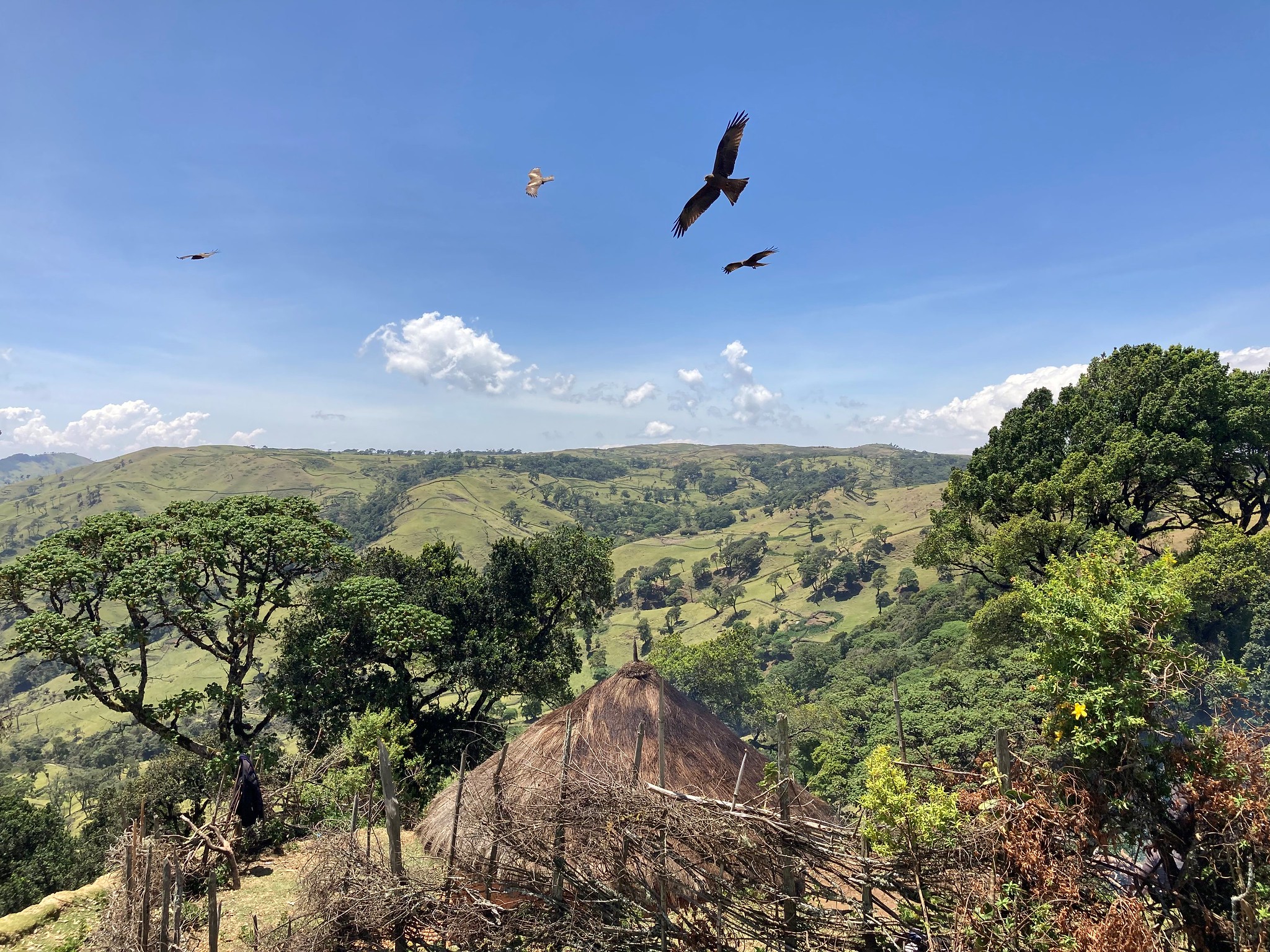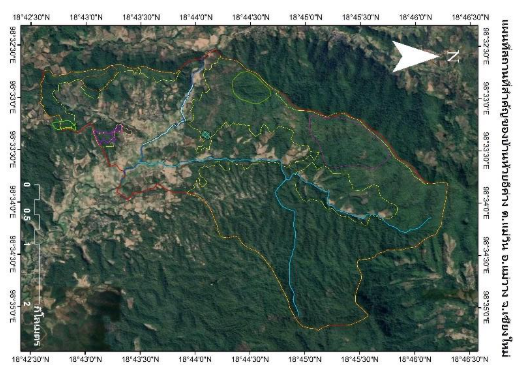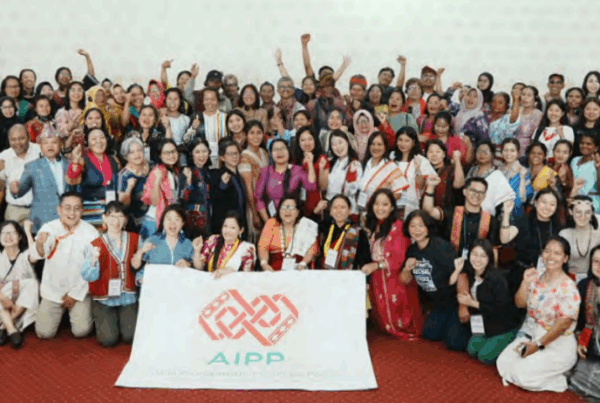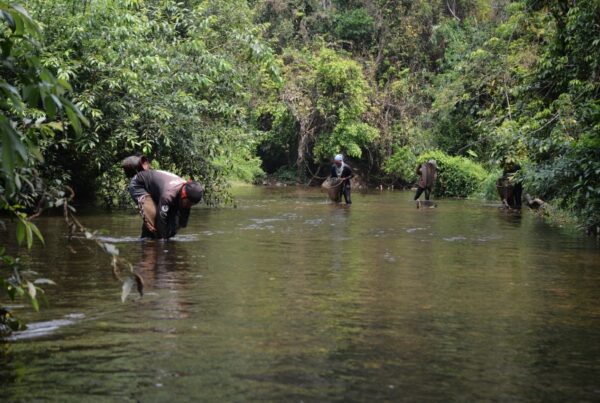This guidance is intended as a resource for conservation professionals who are interested to learn more about the relationship between conservation and human rights, especially the rights of Indigenous peoples and local communities. A huge amount has been written on this topic over the past 50 years or so, but much of it is at the level of broad principles rather than their application in practice, and it is mostly targeted at large conservation organisations rather than at individual conservationists. Training opportunities on this topic are also limited, and awareness of human rights issues is currently very variable amongst conservationists. This document aims to help address this gap.
Conservation and human rights have had an uneasy history. Ever since the emergence of the modern ‘western’ concept of conservation in the late nineteenth Century, a central strategy has been the establishment of a network of uninhabited protected areas to ensure the preservation of ‘natural’ landscapes, ecosystems, habitats, and the species they contain, through protection against any human exploitation. This approach, which is often referred to as fortress conservation, has formed the basis of emerging global conservation policy since the mid-twentieth Century. Fortress conservation has devastating impacts on the rights, livelihoods and cultures of Indigenous peoples and local communities, yet despite numerous commitments by conservation organisations to respect rights and shift to more inclusive approaches, forced evictions and violent killings are (still) commonly perpetrated across the world in the name of conservation.
The guidance is in three Parts:
Part 1 introduces the commitments made by governments in 2022 to adopt a rights-based approach to conservation, as part of the Kunming-Montreal Global Biodiversity Framework. It then gives a brief introduction to human rights and human rights-based approaches.
Part 2 provides an overview of international norms and standards on human rights. It describes the international legal and policy framework, introduces some of the most influential international voluntary standards addressing human rights issues, and then provides a run-down of rights that are particularly relevant for conservation.
Part 3 introduces several practical tools and approaches for respecting, protecting and fulfilling the rights of Indigenous peoples and other groups with collective customary rights, showing how they apply to conservation. They include measures to guard against or remedy rights violations (“do no harm”) and measures to actively support rights-holders to conserve nature themselves.
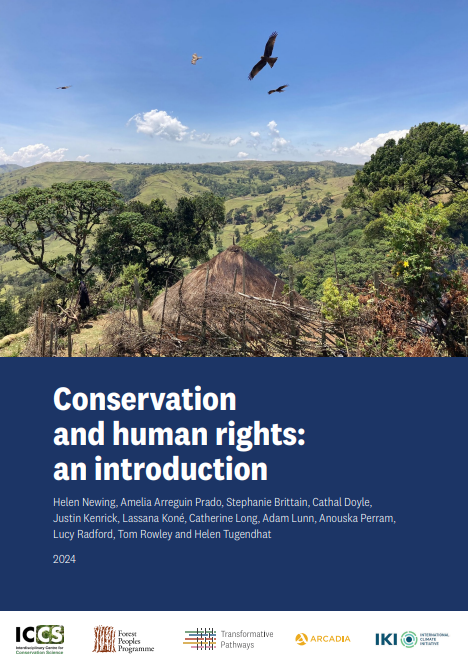
Type: Report
Region: Global
Theme: Land and Resource Rights, Community-led Conservation, Biodiversity Monitoring
Authors: Helen Newing, Justin Kenrick, Helen Tugendhat, Anouska Perram,Tom Rowley, Cathal Doyle, Lassana Kone, Catherine Long, Adam Lunn, Amelia Arreguin Prado, Lucy Radford and Stephanie Brittain.
Languages: Français
